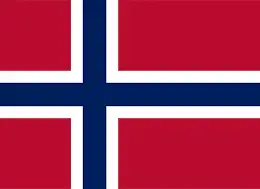Fiber vs. MOPA
Fiber machines are q-switched and mopa uses a master oscillator power amplifier. so basically it’s just different technology in the source. The mopa can pulse with more amplitude so you can actually dial in the frequency and other settings to create different colors and contrasts, whereas a standard fiber source has narrower frequency range.
You can see the color marking effects that MOPA can achieve in the video:
Pulse Duration Control
MOPA: Offers adjustable pulse durations, which provides greater flexibility in marking various materials including non-metallic.
Fiber: Typically has fixed pulse durations, which can limit its versatility.
Marking Quality on Various Materials
MOPA: Excels at marking plastics and metals with a variety of colors and high contrast, especially effective on anodized aluminum and black marking on metals.
Fiber: Suitable for high-quality marking on metals but less effective on plastics and materials requiring color marking.
Heat Management
MOPA: Generates less heat, reducing the risk of material damage or deformation, making it suitable for sensitive materials.
Fiber: Generates more heat, which can lead to material warping or damage in some applications.
Cost and Efficiency
MOPA: Generally more expensive due to its advanced capabilities and flexibility.
Fiber: More cost-effective for straightforward metal marking tasks, often with lower maintenance costs.

.png) International
International
 United States
United States
 Brasil
Brasil
 Canada
Canada
 Costa Rica
Costa Rica
 Česká
Česká
 Ελλάδα
Ελλάδα
 Polska
Polska
 Ireland
Ireland
 Portugal
Portugal
 Lietuva
Lietuva
 Россия
Россия Deutschland
Deutschland
 Britain
Britain
 Україна
Україна
 France
France
 Sverige
Sverige
 Italia
Italia
 Norway
Norway
 Denmark
Denmark
 Romania
Romania
 한국
한국
 中国
中国
 ประเทศไทย
ประเทศไทย
 中国香港
中国香港
 Israel
Israel
 中國臺灣
中國臺灣
 India
India
 پاکستان
پاکستان
 پශ්රී ලංකා
پශ්රී ලංකා
 ジャパン
ジャパン
 Australia
Australia
 New Zealand
New Zealand
 South Africa
South Africa